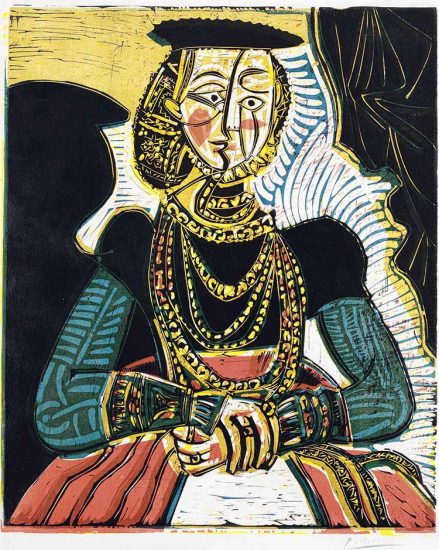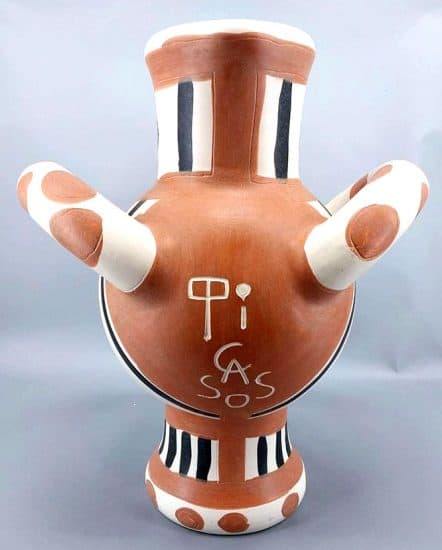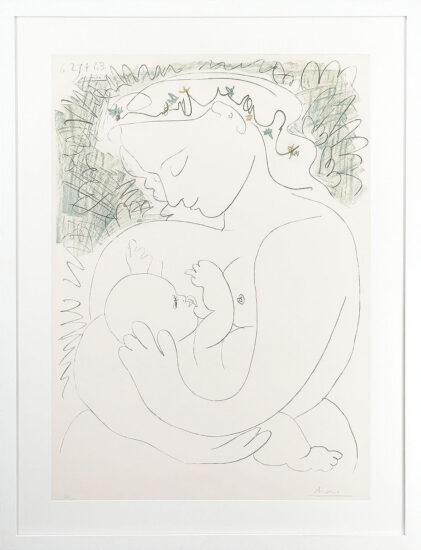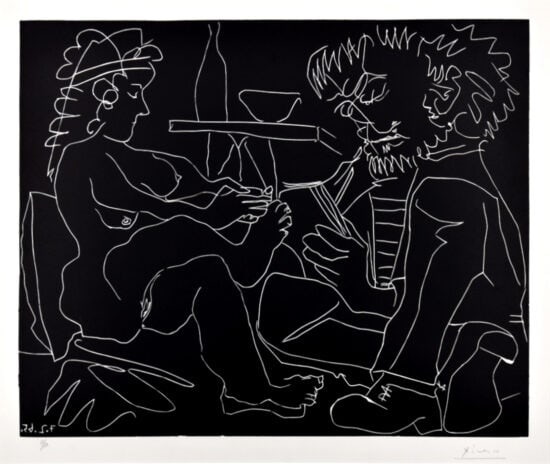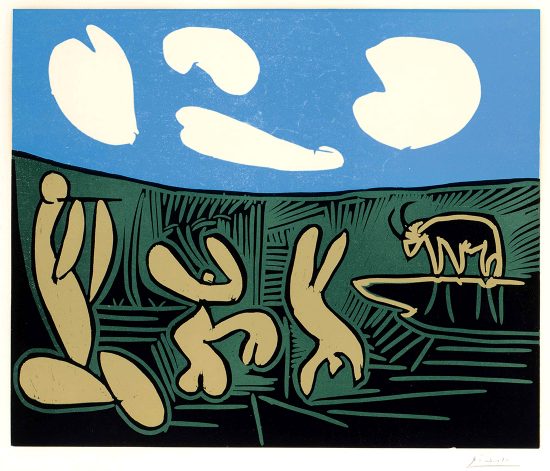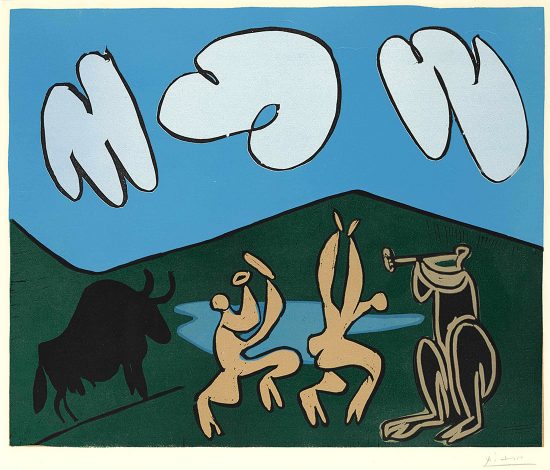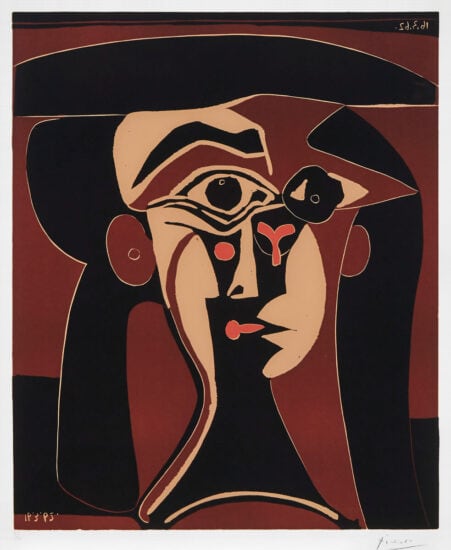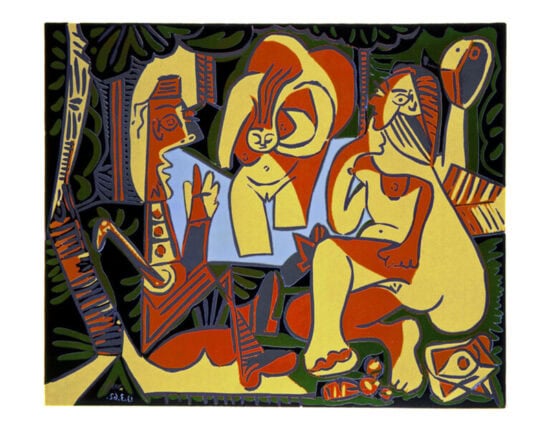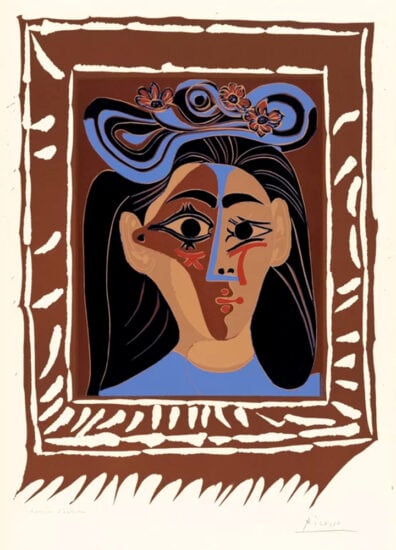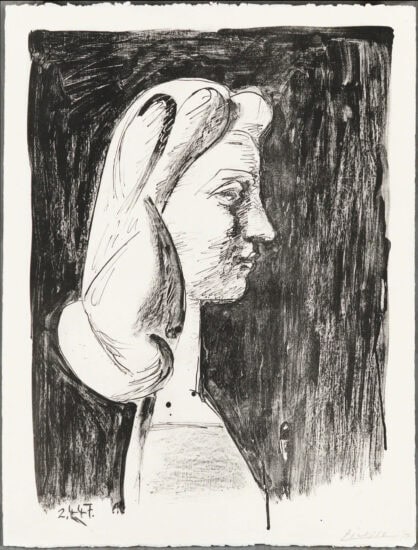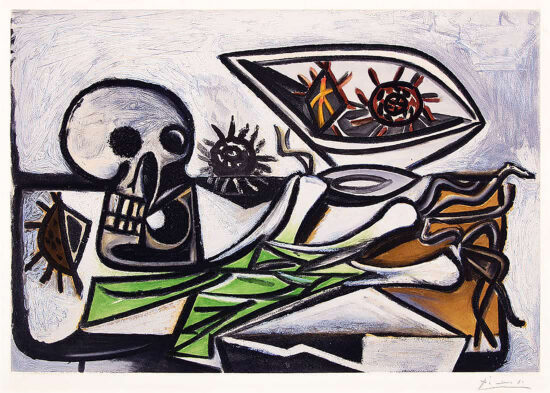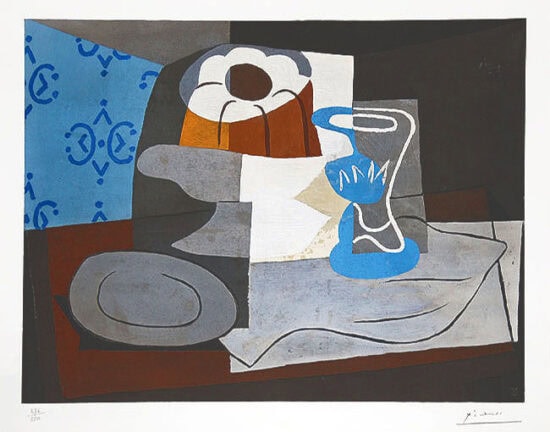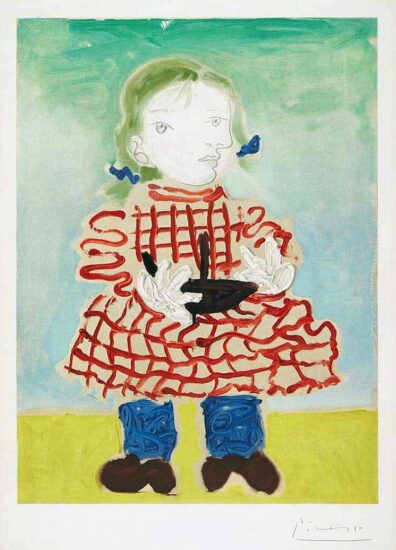Pablo Picasso, one of the most influential artists of the 20th century, revolutionized the art world with his innovative approaches to portraiture. His portraits, ranging from self-depictions to representations of muses and contemporaries, offer a profound insight into his evolving artistic journey and the complex relationships that shaped his work. This article delves into the multifaceted world of Picasso's portraits, exploring his self-portraits, portrayals of muses, depictions of other individuals, and the significance of these works in the art market.
Picasso Self-Portraits: A Mirror to His Artistic Evolution
Picasso's self-portraits serve as a visual diary, chronicling his transformation from a young academic artist to a pioneering modernist. Beginning with realistic renderings in his early years, his self-depictions evolved through various styles, reflecting his continuous reinvention.
Early Realism
In his youth, Picasso's self-portraits were characterized by meticulous detail and classical techniques. These works showcase his foundational skills and adherence to traditional artistic norms.
Blue Period (1901–1904)
During this melancholic phase, Picasso's self-portraits adopted somber tones and elongated forms, reflecting his emotional turmoil and the influence of Symbolism.
Rose Period (1904–1906)
The Rose Period introduced warmer hues and softer lines, with Picasso's self-portraits exuding a sense of introspection and sensitivity.
Cubism (1907–1917)
As a co-founder of Cubism, Picasso's self-portraits fragmented the human form into geometric shapes, challenging conventional perspectives and emphasizing multiple viewpoints.
Neoclassicism and Surrealism (1917–1930s)
In these periods, Picasso's self-portraits oscillated between classical forms and dreamlike distortions, reflecting his exploration of mythological themes and psychological depth.
Later Years (1940s–1970s)
In his later years, Picasso's self-portraits became more expressive and abstract, often characterized by bold lines and vibrant colors, showcasing his enduring creativity and defiance of artistic conventions.
Picasso's Muses: The Women Who Inspired His Masterpieces
Throughout his life, Picasso was profoundly influenced by several women who served as his muses, lovers, and wives. These relationships significantly impacted his artistic output, with many of his most celebrated works depicting these women.
Fernande Olivier
Picasso's first significant muse, Fernande, was depicted in numerous works during his Rose Period. Her presence brought warmth and tenderness to his art.
Eva Gouel (Marcelle Humbert)
Eva's influence is evident in Picasso's transition to Synthetic Cubism, where her form was abstracted into layered planes and textures.
Olga Khokhlova
As Picasso's first wife, Olga's portraits are marked by a return to classical forms, reflecting Picasso's respect for her aristocratic background.
Marie-Thérèse Walter
Perhaps the most iconic of Picasso's muses, Marie-Thérèse inspired a series of sensual and vibrant works, including the famous "Femme assise près d'une fenêtre" (1932), which sold for $139.4 million at Sotheby's in New York, making it the second most expensive Picasso painting ever sold.

Dora Maar
A surrealist photographer, Dora's relationship with Picasso coincided with his darker, more politically charged works. Her portraits often convey anguish and complexity, reflecting the tumultuous nature of their relationship.
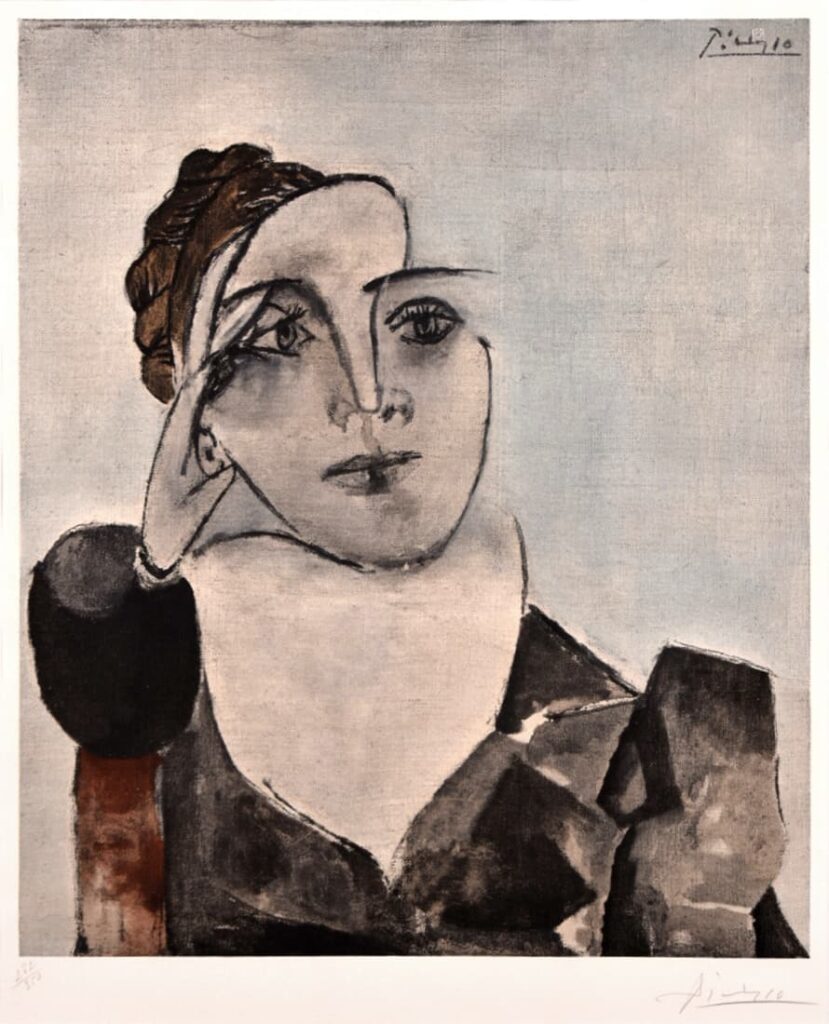
Françoise Gilot
A painter and writer, Françoise was depicted in a series of portraits that showcase Picasso's return to more naturalistic forms.

Jacqueline Roque
Picasso's second wife and final muse, Jacqueline inspired over 70 portraits in a single year, marking the culmination of his portraiture.
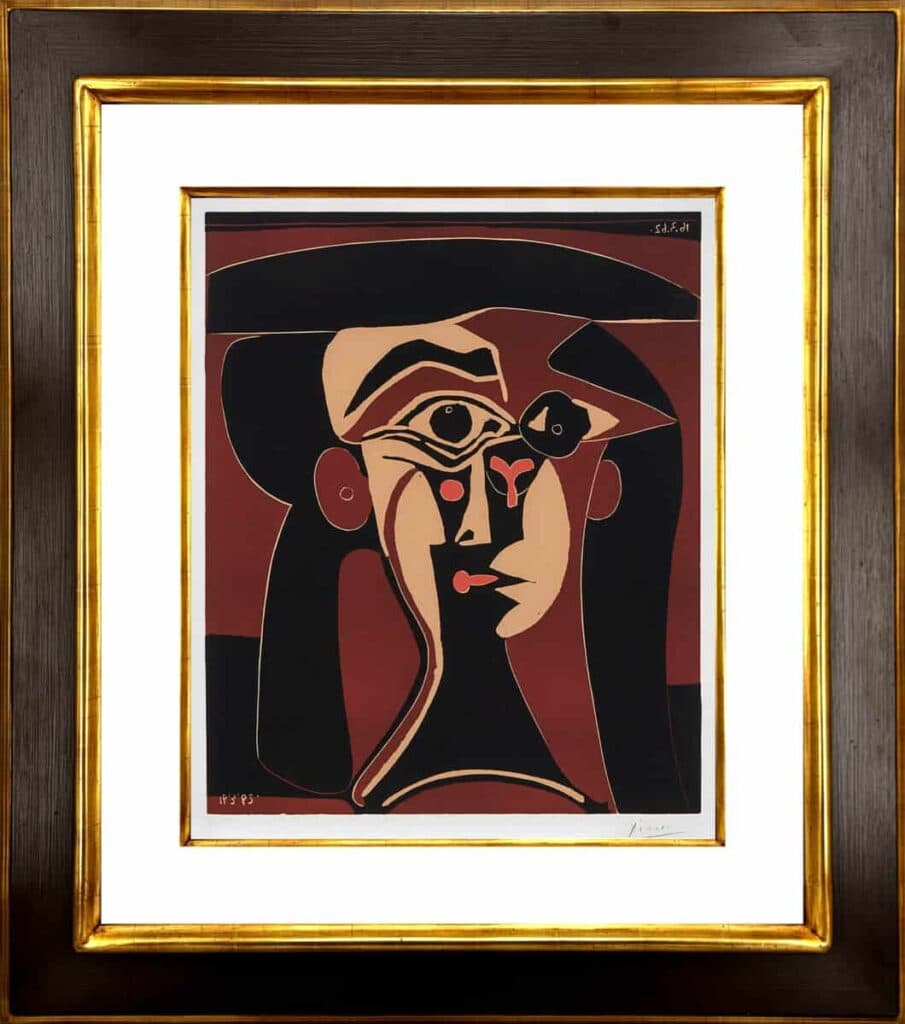
Portraits of Others: Friends, Family, and Contemporaries
Beyond his self-depictions and portrayals of muses, Picasso also created portraits of friends, family, and fellow artists. These works provide insight into his personal relationships and the artistic circles he frequented.
Portrait of Gertrude Stein (1905–1906)
This portrait of the American writer and art collector is notable for its abstraction and the challenge Picasso faced in capturing Stein's likeness.
Portrait of Ambroise Vollard (1910)
Vollard, a prominent art dealer, is depicted in a Cubist style, reflecting Picasso's innovative approach to portraiture.
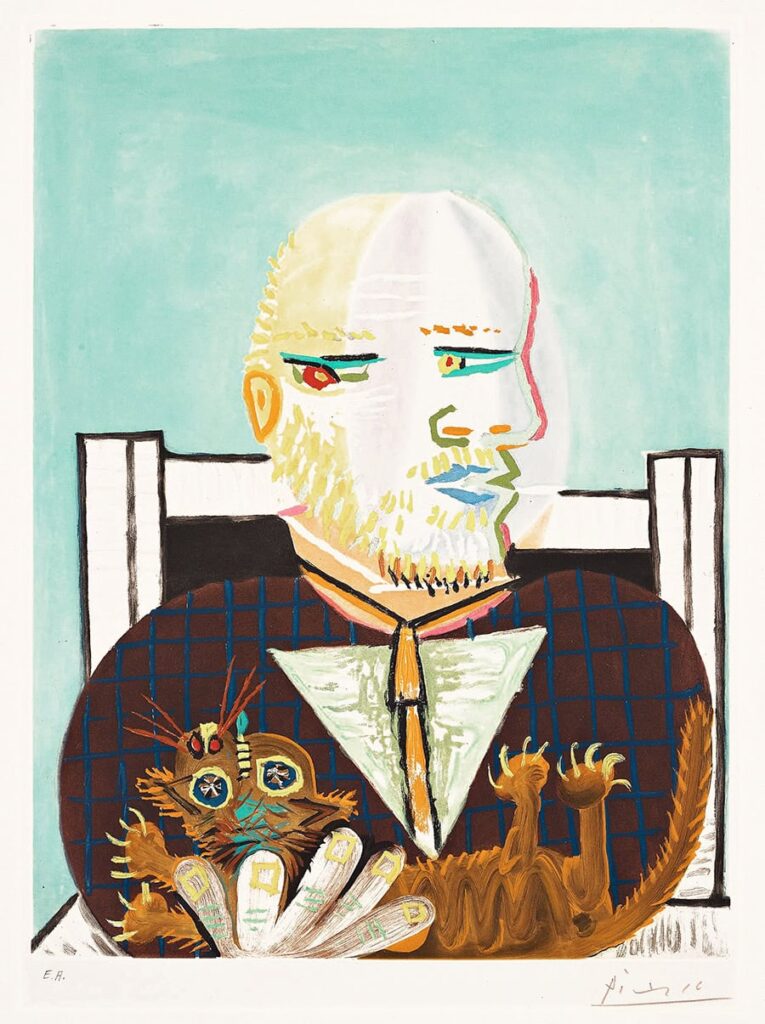
Portrait of Igor Stravinsky (1920)
The Russian composer is portrayed with geometric abstraction, highlighting Picasso's admiration for Stravinsky's music.
Most Famous Picasso Portraits
Several of Picasso's portraits have achieved iconic status, celebrated for their artistic innovation and emotional depth.
Les Demoiselles d'Avignon (1907)
Although not a traditional portrait, this groundbreaking work features five female figures and is considered a precursor to Cubism.
Girl before a Mirror (1932)
This portrait of Marie-Thérèse Walter reflects Picasso's exploration of identity and the duality of the human psyche.
The Weeping Woman (1937)
Depicting Dora Maar, this portrait captures the anguish and turmoil of the Spanish Civil War.
Portrait of Dora Maar (1937)
Another portrayal of Dora, this work showcases Picasso's ability to convey psychological depth through abstraction.
Most Expensive Picasso Portraits Sold
Picasso's portraits have commanded record-breaking prices at auctions, underscoring their significance in the art market.
Femme assise près d'une fenêtre (Marie-Thérèse) (1932)
As previously mentioned, this portrait sold for $139.4 million, making it the second most expensive Picasso painting ever sold .
Portrait of Dora Maar (1937)
This portrait was sold for $95.2 million at Christie's in 2006, reflecting the enduring value of Picasso's work.
Portrait of Jacqueline Roque (1954)
Sold for $41.5 million at Sotheby's in 2013, this portrait highlights Picasso's late-career exploration of form and color.
Q&A: Insights into Picasso's Portraits Approach and Portraiture
Q: What did Picasso aim to achieve through his portraits?
A: Picasso sought to capture the essence of his subjects, often going beyond mere physical likeness to explore psychological depth and emotional complexity.
Q: How did Picasso's personal relationships influence his portraits?
A: His relationships with muses and lovers profoundly impacted his work, with each woman inspiring distinct stylistic and thematic elements in his portraits. Similarly, many female artists are known first by their male counterparts for various reasons.
Q: Did Picasso view his self-portraits differently from those of others?
A: Yes, Picasso's self-portraits were often more experimental, serving as a means for self-exploration and artistic innovation.
Q: How did Picasso's style evolve over time?
A: Picasso's style evolved through various phases, including Realism, Blue Period, Rose Period, Cubism, Neoclassicism, and Surrealism, reflecting his continuous reinvention.
Fun Facts: Picasso's Portraits Thoughts on Portraiture
- On capturing likeness: "To draw you must close your eyes and sing." This quote reflects Picasso's belief in the emotional and intuitive aspects of portraiture .
- On artistic evolution: Picasso viewed his changing styles not as an evolution but as different expressions at that moment in time, emphasizing his dynamic approach to art .
- On portraiture's significance: Portraiture, like still life, became a driving mechanism of Picasso's artistic development, betraying his emotions, personal needs, and humanity.
Important Picasso Portraits Museum Exhibitions
Picasso. Portraits – Museu Picasso, Barcelona
- This comprehensive exhibition, developed in collaboration with the National Portrait Gallery in London, delves into Picasso's lifelong engagement with portraiture. Featuring around 200 works, including paintings, drawings, and sculptures, it spans his entire career, highlighting his innovative approaches to capturing likeness and character. The exhibition emphasizes his ability to convey the essence of his subjects, from early academic studies to later abstract representations. It underscores the central role portraits played in his artistic evolution.
- Held from April to September 1996, this exhibition presented over 200 works by Picasso, focusing on his portrayals of family, lovers, and friends. Organized thematically, it explored how Picasso redefined portraiture throughout the 20th century, showcasing his shifts from realism to abstraction. The exhibition highlighted the emotional depth and psychological insight embedded in his portraits.
Picasso. Figures – Frist Art Museum, Nashville
- In 2021, the Frist Art Museum hosted "Picasso. Figures," an exhibition featuring approximately 75 works from the Musée national Picasso-Paris. This exhibition provided an in-depth look at Picasso's career-long fascination with the human figure as a means of expressing a range of subjects and emotions. It offered insights into his innovative approaches to portraiture and the human form.
Picasso: The Late Work – Museum Barberini, Potsdam
- This 2019 exhibition focused on the final two decades of Picasso's career, showcasing his examination of Abstract Expressionism, Pop Art, and Art Brut. It highlighted how Picasso continued to innovate and explore new artistic languages in his later years, offering a fresh perspective on his portraiture and artistic evolution.

